
Dorji Dhradhul is the Director-General of the Tourism Council of Bhutan since January 2019. He served as Dzongda (Governor) of Gasa district for almost four years and has worked in various capacities in the fields of agriculture research, policy, and development.
Dhradhul was also the founding Director of the Department of Agriculture Marketing and Cooperatives and the founding Registrar of Cooperatives in Bhutan.
He completed a Master of Science (Agriculture Extension) from the University of Reading, United Kingdom, and studied at Peradeniya University in Sri Lanka for his undergraduate studies in Bachelor of Science (Agriculture).
He is also a writer and has published articles in a national newspaper - Kuensel and research papers. He also authored ‘Escapades Awakenings’ - a novel that presents a uniquely different take on life in Bhutan, moving beyond the clichéd descriptions and traditional tales to lift the veil of misty romanticism and offer a glimpse into the stark realities of its society.
He was awarded the Best Professional – Destination Marketing, by Pacific Area Travel Writers’ Association (PATWA) in 2020. Dhradhul is married with a 10-year-old son and lives in Thimphu. He speaks three Bhutanese dialects, English and Hindi. In his free time, he likes to create and study abstract art and write stories.
In an exclusive interview with EcoTourism Expert, Dorji Dhradhul speaks about Bhutan and its culture, but not before he could elaborate on the upcoming events in the country, for which it is very popular across the globe.
- Please give an overall historical background, traditions of the Kingdom of Bhutan; its present situation as a monarchy and the harmony that the country is known for…for the benefit of our readers.
- Bhutan remains undiscovered by many people in the world. It is a small country in the Himalayas located between China in the North and India in the South. Despite being small in size and population, we are blessed to have farsighted and benevolent Kings who have accorded the highest priority and worked tirelessly to develop our country balancing economic growth with that of social needs, environment and culture.

I am personally grateful for the extraordinary leadership that we have been blessed over generations, who have shaped the path of Bhutan to where we stand today and built a unique identity for Bhutan that is currently acclaimed worldwide.
Bhutan has a rich and unrivalled culture, tradition and art which is evident in every aspect of life. Hundreds of sacred monasteries, stupas, religious institutions, prayer flags and prayer wheels dot the countryside.
Architecture is also a significant feature of the Bhutanese identity. The combination of engineering skills and aesthetic beauty is unparalleled in all structures, from massive monastic fortresses to houses and bridges.
On auspicious days, Bhutanese families make pilgrimages to monasteries to offer prayers and butter lamps. National and regional festivities, coinciding with seasons, are major events for the entire population. Bhutan is a country of thriving culture, an environmental champion, an abode for flora and fauna and an ideal destination for meaningful travel seekers.
- What are the important aspects of Bhutan that might attract international visitors to experience, and which part of Bhutan can be travelled with ease with help of tourist guides?
- The tourism product in Bhutan is supremely varied with experiences that cover all interests - whether it be an adventure, trekking, fashion, culinary, spiritual, or cultural pursuits.
The pristine environment of the country is home to exotic wildlife and is the last refuge for endangered species like the Black-necked Crane, the Blue Sheep, the Golden Langur, the Takin and even the Royal Bengal Tiger.
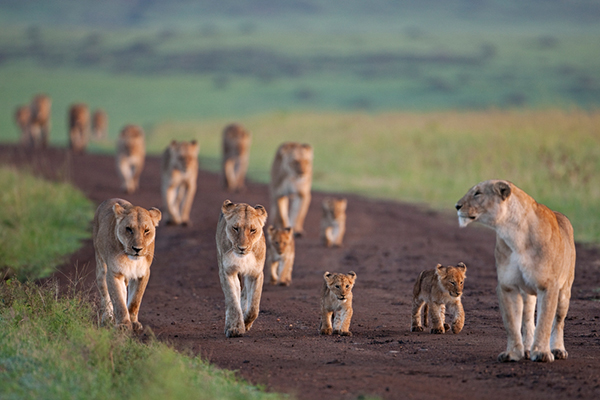
We have the high Himalayan Mountains set at the backdrop of snow-capped crisp mountains, the world’s highest unclimbed mountains, one of the world’s toughest and least explored treks – the Snowman Trek, rich biodiversity and the world-famous Taktshang Monastery (Tiger’s Nest).
Furthermore, Bhutan offers a wide range of accommodation facilities, from luxurious 5-star hotels to cosy homestays in traditional village settings. Bhutan is an all-season destination, providing a unique experience to visitors throughout the year. There is something for everyone in Bhutan. These national attractions are well distributed across the length and breadth of Bhutan it’s very convenient to explore the country with the help of a tourist guide.
- Which places in Bhutan do you suggest for first-time visitors that will capture their attention… as the surrounding natural beauty, cuisine, climate etc.?
- More than 70% of the land mass is covered in forest, surrounding the country in an emerald green blanket which is a nourishment to the city-strained eye and soul. Every part of the nation offers authentic and special experiences that compel visitors to immerse in them rather than merely sightseeing. Although in all parts of Bhutan you will witness the country’s culture seamlessly fused with modernity, if you are looking for a more local and rustic experience, you can visit the eastern parts of the country such as Lhuntse, Trashigang and Trashiyangtse.
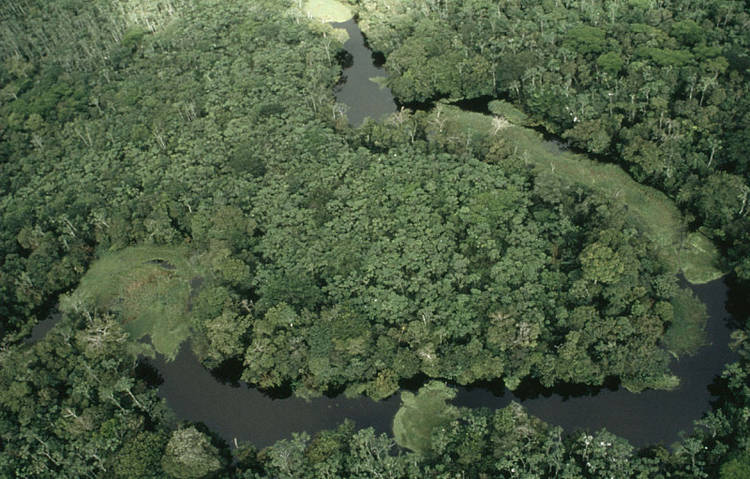
The Bhutanese savour spicy red chillies which are an everyday staple diet, but one can avoid it if your palate is not trained for it. The country experiences four seasons as below:
Spring (March - April - May): is a botanist’s delight as nature is in full bloom. The climate is warm and nice for planning your trekking trips.
Summer (June - July - August): covers the valleys in green, a blanket of white lazy clouds hanging loose in the valleys overhead, it makes a perfect photo background. This is also a time when farmers are actively engaged in their farming work. You get to experience active rural community activities like traditional farming methods where oxen plough the land and community come together and contribute labour for their neighbours in paddy plantation and other farming chores.
Autumn (September - October - November): casts a bright golden glow on the vast landscape. The rice fields ripen to a golden brown under crisp blue skies. It’s an ideal time for hiking and savouring fresh harvest from the farm.
Winter (December - January - February): has its moments. The days are full of sunshine while evenings can turn chilly. The skies are clear and you can glimpse the Himalayan ranges adorned with snow.
- Situated in the picturesque ridges of the Himalayas, what facilities are available for visitors to reach and move around the country for sightseeing?
- The country has one international airport located in Paro. Flights operated by Drukair and Bhutan Airlines arrive and depart from destinations including Bangkok, Delhi, Kolkata, Bagdogra, Bodhgaya, Dhaka, Kathmandu, Guwahati and Singapore. Private jets or charters can fly into Bhutan after obtaining the relevant approvals.
The most convenient way to travel in Bhutan is to hire a vehicle and driver from a car rental company or a tourism service provider. It is not possible to hire a self-drive vehicle in Bhutan.
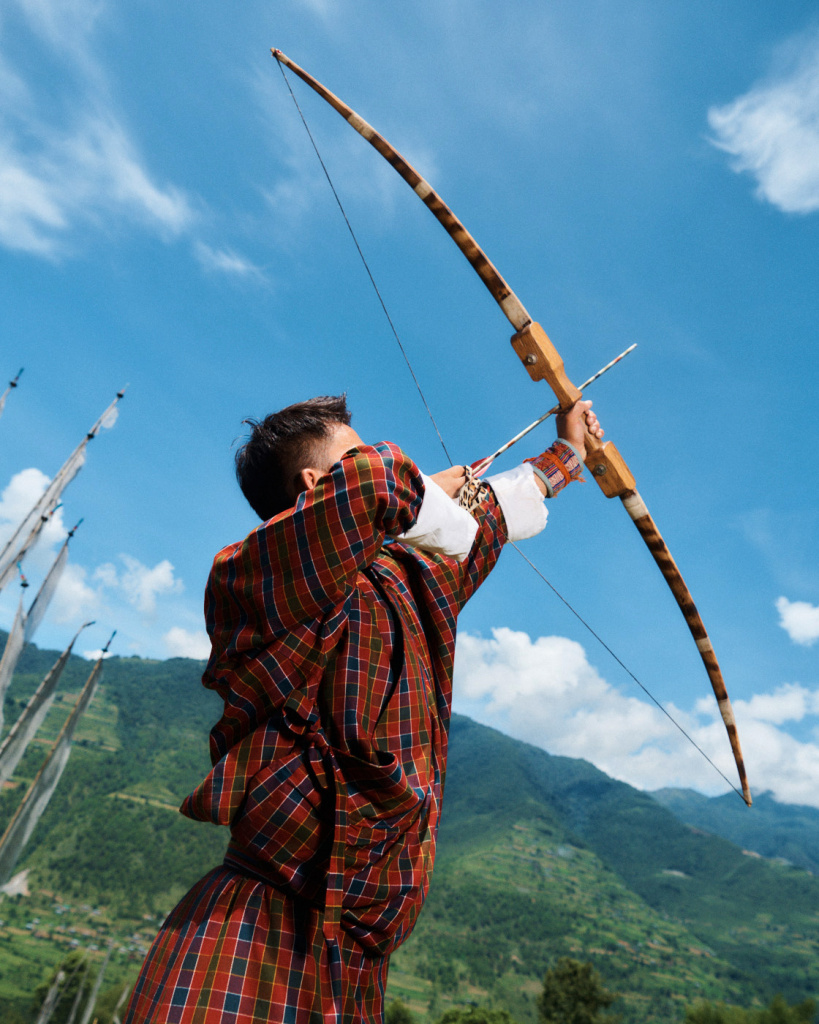
If you are travelling with a tour operator, your transport will be arranged for you. Domestic flights are often the fastest way to travel longer distances within Bhutan.
Domestic airports operate flights to and from Yonphula in eastern Bhutan, Bumthang in central Bhutan, and Gelephu in south-central Bhutan.
For special itineraries, helicopter services can be arranged.
- Bhutan reopened its borders with a New Tourism Strategy… a sustainably-focused ‘transformative’ tourism plan. Can you spell out the details, please…?
- The new tourism strategy, (rather the revamped tourism strategy) is underpinned by transformations in three key areas: enhancements to our sustainable development policies, infrastructure upgrades, and the elevation of the guest experience.
We need tourism to not only benefit Bhutan economically but socially as well while maintaining our low sustainable footprint. The goal of our new strategy is to create high-value experiences for guests, in addition to well-paying and professional jobs for our citizens.
As such, we see tourism as a vital strategic driver of long-term transformation and opportunities for our people.
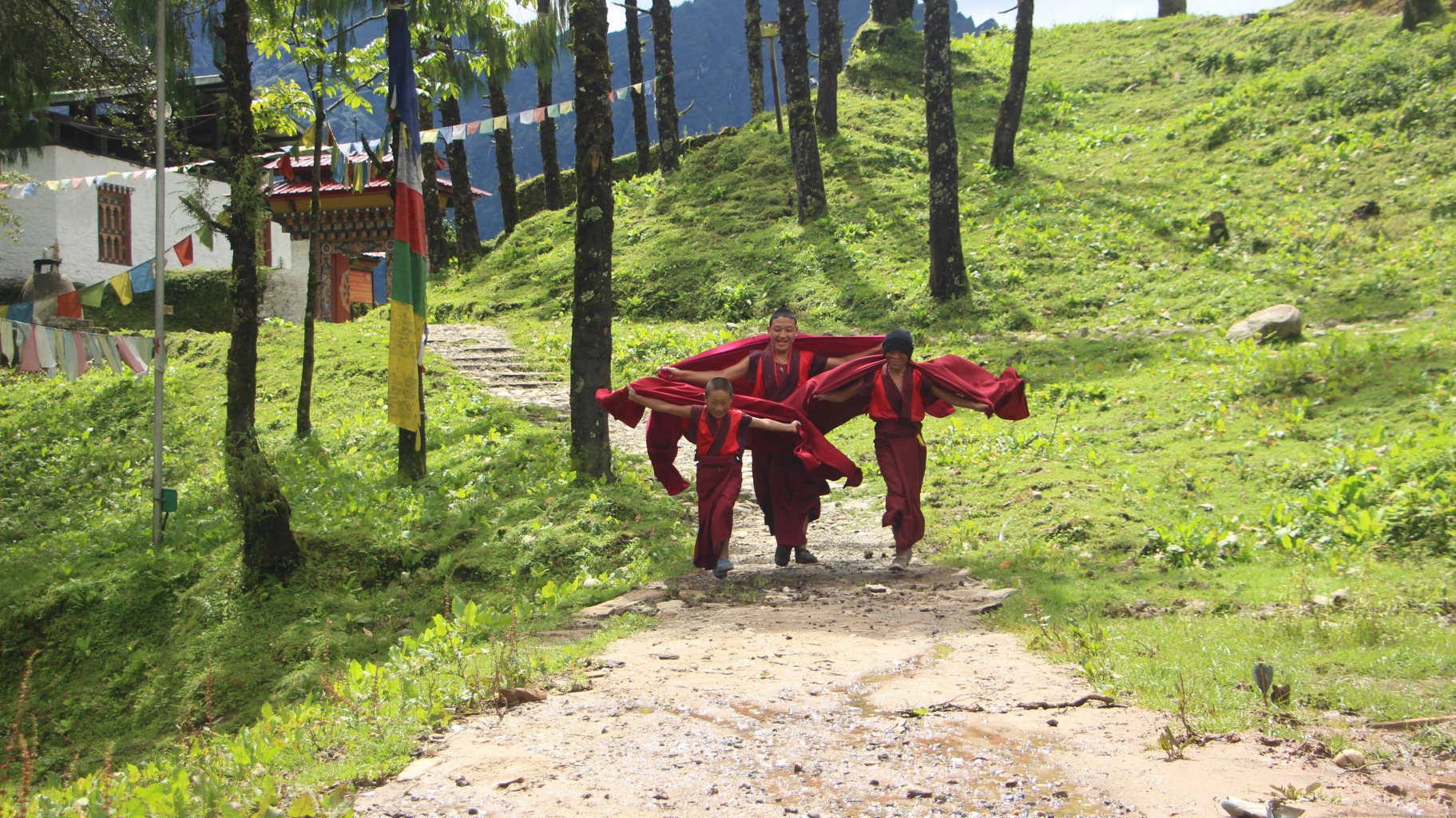
The Sustainable Development Fee (SDF) is also raised from $65 to $200 per person, per night, (for international guests excluding Indian guests), which will go towards projects that support Bhutan’s economic, social, environmental and cultural development. The fees raised will fund national investment in programmes that preserve Bhutan’s cultural traditions, as well as sustainability projects, infrastructure upgrades and opportunities for youth - as well as providing free healthcare and education for all.
For instance, some of the SDFs go towards offsetting the carbon footprint of visitors by planting trees, upskilling workers in the tourism sector, cleaning and maintaining trails, reducing the country’s reliance on fossil fuels and electrifying Bhutan’s transportation sector, among other projects.
As a country that is vulnerable to the effects of climate change (experiencing melting glaciers, floods and unpredictable weather patterns), Bhutan will also be stepping up its efforts to maintain its status as one of only a handful of carbon-negative countries in the world - in 2021, Bhutan sequestered 9.4 million tonnes of carbon against our emission capacity of 3.8 million tonnes.
This is our moment of evolution and we invite our guests to become our partners in this process.
Information about festivals, which may be of interest to international visitors to understand the culture of Bhutan are many, but to pinpoint a few…
Bhutan, the only surviving Buddhist Kingdom in the world cautiously reopened to tourists and international travellers on 23 September 2022. The lure of its inaccessibility and low-tourist-to-local travel policy makes this destination a firm favourite with discerning travellers.
A slew of new developments has been put into place in post-pandemic Bhutan.
Each International guest arriving in Bhutan will now contribute a daily Sustainable Development Fee (SDF) to the Kingdom’s fund (first introduced in 1991) to help finance Bhutan’s “Low Volume, High Value” tourism model. The country has big plans afoot, including making travel planning accessibility a top priority. New branding launched simultaneously with the reopening of the country will appeal to the eco-conscious traveller.
The ultimate tryst of man and nature, the first International Snowman Race, considered the world’s toughest race, mimics the trail of the Treacherous Snowman Trek, the purview of the elite athlete - as fewer have completed this gruelling course than summited Mount Everest!
A spiritual journey is now accessible for the first time in its 60-year history. The Trans Bhutan Trail crosses the kingdom showcasing 400 sites steeped in history and culture across a 250-mile trail that originated as a route for pilgrims roughly 500 years ago.
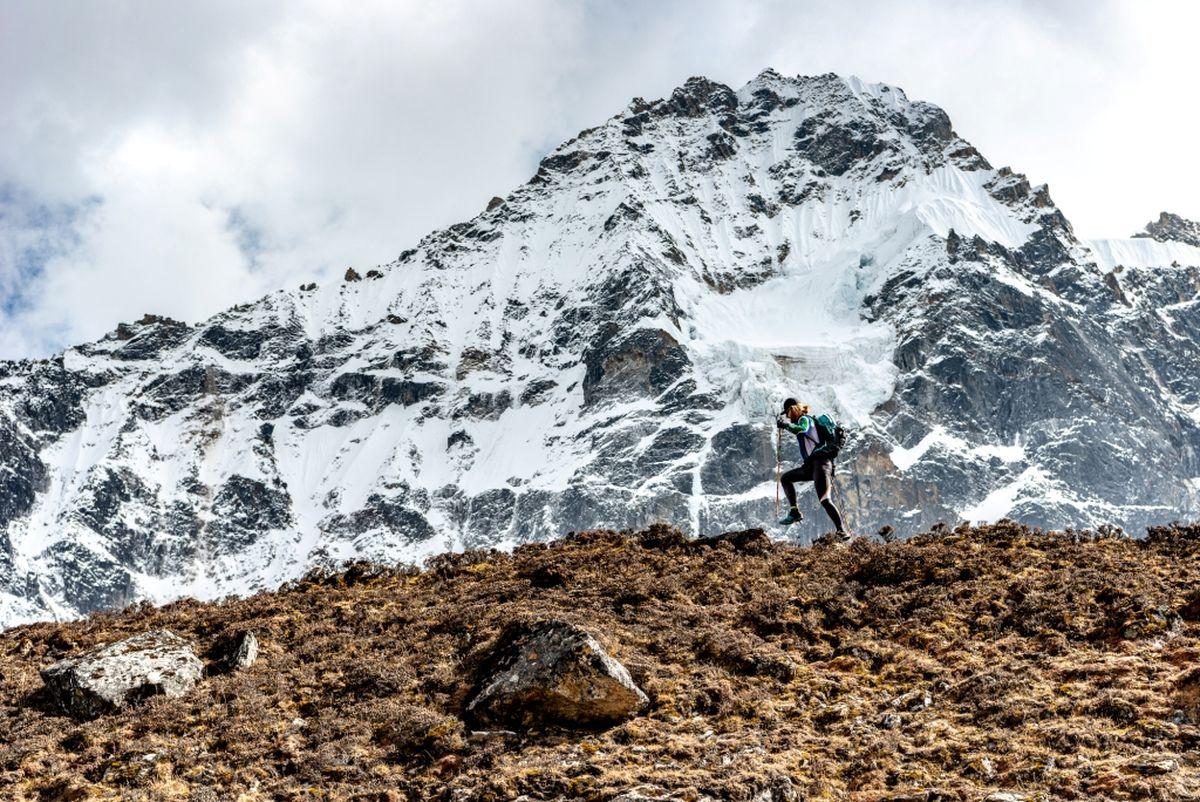
The Trans Bhutan Trail - called one of the world’s greatest places by Time magazine and CNN Travel - is more than just an epic and ancient route: it’s an immersive cultural experience. Starting - or ending - in Trashigang, it unfurls across central Bhutan and stretches to the western region of Haa.
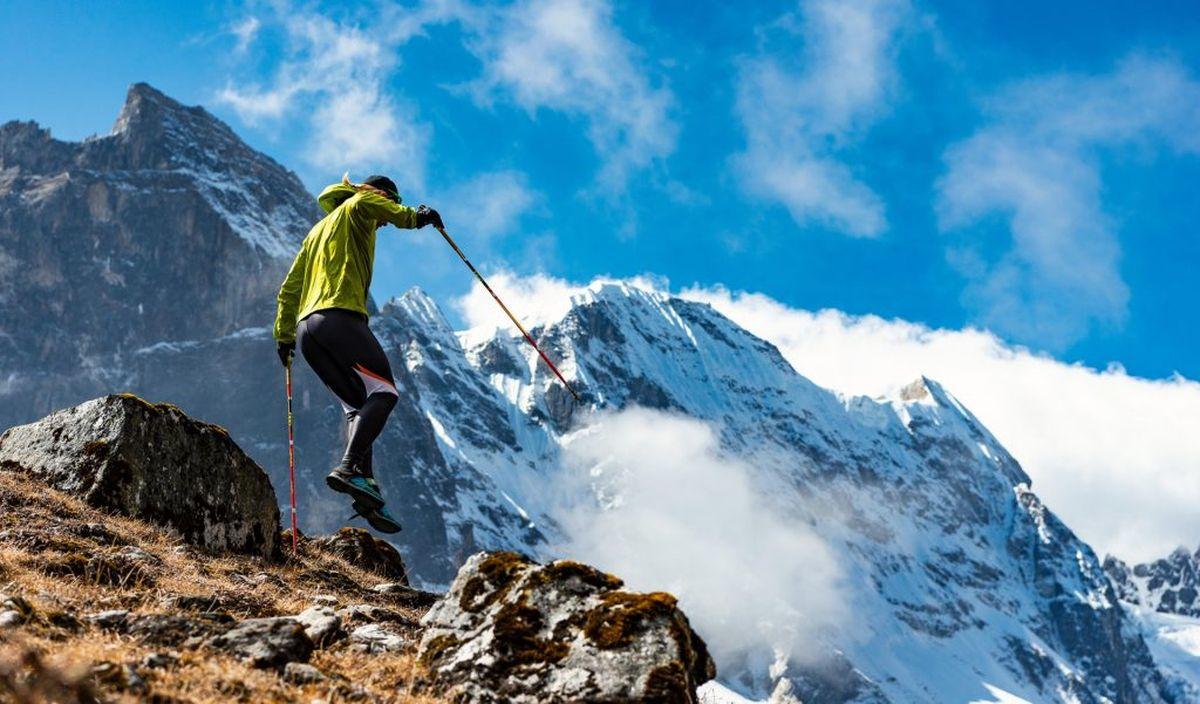
The 7th Annual Flower Exhibition is set to bloom this year in Mongar and Gyalpozhing. Get a chance to see some of the varied and endemic flora and fauna as Bhutan is home to more than 60% of the common plant species found in the Eastern Himalayas.
A festival that allows foreigners in the sacred for only one day in the year is DechenphuIhakhang. Sacred dances, colourful costumes and the essence of Bhutanese life come alive at this festival dedicated to the guardian deity of Bhutan.
The Royal Bhutan Army comes out it’s all its finery to pay tribute to His Majesty, The King and celebrate the nation’s sovereignty. The colourful costumes and pageantry are performed against the splendour of the Jigme Wangchuck range.
Nestled in the beautiful valley of Bumthang - a three-day celebration of the gods is visual pageantry of songs, dances and costumes. The highlight of the festival is the unfurling of a nine-meter high and twelve meters wide thongdrol scroll depicting Guru Rinpoche, who is also known as Padmasambhava.
Voluntary Artist Studio, Thimphu, popularly known as VAST was set up in 1998 by a group of professional artists as a non-profit organisation with the primary aim to provide an opportunity to the Bhutanese youth to participate and develop their potential artistic talents, especially in contemporary art, develop a sense of social responsibilities through community services and also to explore art as a vocation.
Desuup, literally meaning 'Guardian of the Peace' is born out his His Majesty the king's vision in 2011 to encourage citizens' roles in building a nation and instil a sense of volunteerism.
A country is best discovered through its literature! Come and join the Drukyul Literature Festival, Bhutan Echoes 2023 as the tale of Bhutan unfolds through stories, dialogues, arts and music. It is an annual event that usually happens in August and it brings world-renowned literature laureates, artists and musicians together with local renowned names.
The Royal Highlander festival takes place in one of the highest settlements in Bhutan, Laya in Gasa which precariously stands at an altitude of 4,000 m. The festival celebrates the simplicity and authenticity of the life of highlanders through its nature, history and age-old tradition.
With over 62 different types of edible species, Mushroom is one of the main summer delicacies in the country. The rich, damp, humus and thick forest of Bhutan makes a good home for these mushrooms.
Cantharelluscibarius (seseshamu) and Tricholomamatsutake (sangayshamu) are the most popular and priced species. However, these mushrooms are losing their habitats due to climate change and the global warming phenomenon.
A festival is also honoured in the name of the most prized Mushroom (Matsutake) towards the end of August in Bumthang and Genekha, the two places where this mushroom is found abundantly, to celebrate its harvest. This is one time of the year when you can relish a variety of mushroom dishes prepared with traditional knowledge by the villagers.
The Tour of the Dragon is claimed as the world’s toughest one-day bike race. It stretches over 225 km and passes 4 high mountains of the country. Starting in Bumthang, travelling over 4 mountain passes (Kiki La 2,870m, Yotong La 3,434m, Pele La 3,430m, Dochu La 3,150m) and closing in Thimphu town square, it is an extremely challenging and exhilarating bike race.
The Bhutan International Marathon is said to be one of the most beautiful Marathons that takes place in the valley of Punakha. The runners will be greeted with stunning views through every bend and corner of the road. You will have stunning views of the majestic KhamsumYulley Temple, emerald rice paddies, lush rain forest, smiling villages and sacred Chortens.
The festival marks the blooming of beautiful Rhododendron flower that drapes the country with a spectacular hue of pink, red and white in the spring season. It’s a feast for the eyes and nourishment to the soul. The flower is celebrated in the folklore and songs by the locals, enchanted by its beauty. Bhutan boasts 46 species of Rhododendron of which 29 of the species are found in the park where the festival is observed.
On the western border of Bhutan lies a serene hamlet amongst the towering hills. The majority of the inhabitants live a unique nomadic life depending on raring Yaks and trading its products.
The Haa Summer Festival is initiated in the celebration of the traditional living culture, and nomadic lifestyles of the people there.
Jomolhari is of the Himalayan Mountains towering above 7,000 m. It forms the main route for many trekkers and mountain escapades. Taking a helicopter ride for breakfast camp at the base of majestic Jomolhari Mountain is a growing favourite among adventure seekers.
